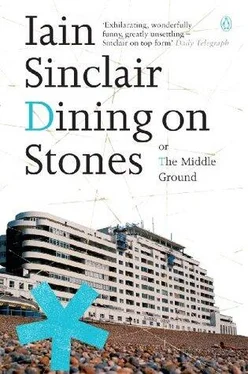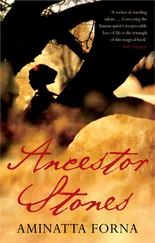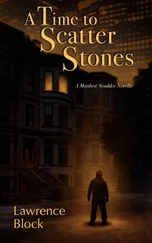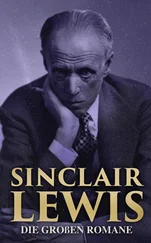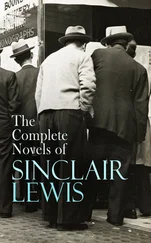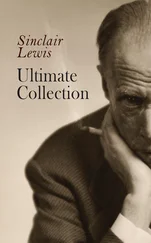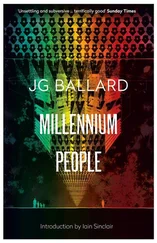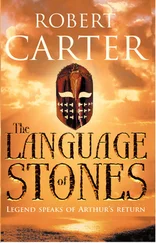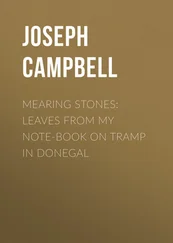Big question: ‘Have you never by being Surprised with an old Melody — in a delicious place — by a delicious voice, felt over again your very Speculations and Surmises at the time it first operated on your Soul — do you not remember forming to yourself the singer’s face more beautiful than it was possible and yet with the elevation of the Moment you did not think so — even then you were mounted on the Wings of Imagination so high — that the Protrotype ( sic ) must be here after — that delicious face you will see.’
Consequence? Hard travel, coach, foot, sea. The curious notion that a new location would provoke poetry, that’s all it takes. Get out of town: Isle of Wight (agoraphobia), boat to Margate (claustrophobia), Canterbury (Chaucer lost). Hastings. Quitting London, always a mistake: especially for a man lucky enough to be born by one of the City’s ancient gates (Moorgate, future tube disaster). A failed medic who couldn’t cure himself (his poor brother): the lamia waiting, the blood kiss.
Endymion , that epic of ambition, white light, immature rhetoric, is also a map of Keats’s travels. A road book.
Swart planet in the universe of deeds!
Wide sea, that one continuous murmur breeds
Along the pebbled shore of memory!
Many old rotten-timbered boats there be
Upon thy vaporous bosom, magnified
To goodly weapons …
That’s Bo-Peep. That’s Hastings. Wave-watching. Mooning about the cliffs. Until Keats sees the woman in the pub: Mrs Isabella Jones.
‘Isabella Jones ?’
‘Right.’ Roos said, wiping his nose. ‘She was travelling with an Irishman, decrepit, uncertain temper, dubious connections. And —’
‘My mother was a Jones.’ Typical non sequitur. Deflecting attention from my interest in the Isabella aspect. The only line I could quote from my own work, the first in a rambling fiction about the Thames, time travel and secret railways: ‘ And what ,’ Sabella insisted , ‘ is the opposite of a dog?’ Dull question, but showy: I knew the answer now. The twin statues in Victoria Park, the Dogs of Alcibiades, with their snouts smashed. Letting in the wind. Overseeing future crimes.
Young Keats met this woman, his own age, was attracted. There may or may not have been a physical relationship (probably not), an exchange of ‘heat’. A kiss. A single embrace. And then she, very obligingly, vanishes. With aspirations to muse status. Or: like the first manifestation of tuberculosis, the lacing of the lungs, the red cough on the sheet.
The dog riddle didn’t matter to me. The pain came from the Sabella part. It’s one of those names I can’t shake off. Like Marina. And Edith. The daughters of Lear in Julia Margaret Cameron’s carbon print (1872) are played by Marina, Edith and Alice Liddell: the Lewis Carroll gang, Alice in Wonderland jailbait. River sirens. Joseph Conrad’s fatal (and invented) islands in Nostromo are called the Isabels.
The Bo-Peep episode settles into chalky whiteness. It’s Whit-week, the poet is hungry for moon metaphors. The dark lady walks in his sleep like an audition for Vadim’s Blood and Roses . The poem is completed. He returns to London.
But that’s not the end of it, not quite; Keats chances on Isabella in a street ‘which goes from Bedford Row to Lamb’s Conduit’. She is still an ‘enigma’, but now she has been ‘in a Room’ with Keats’s brother, George, with his publisher (Taylor), with Reynolds. She enjoys a close relationship with Taylor. Who writes terrible sonnets, infected by his passion for a woman who is suddenly everywhere.
Isabella allows the hot poet to accompany her on a walk to Islington, a social visit; she lets him in to her apartment: ‘a very tasty sort of place with Books, Pictures a bronze statue of Buonaparte, Music, aeolian Harp; a Parrot, a Linnet — a Case of Choice Liquers’. Then, and this is the sinister part, she gives him a grouse, unplucked, to take home for his brother Tom — who is fading fast, consumption.
There is a night, just one, when they sleep together, before Keats goes off again, Chichester. Or do they?
Hush, hush! tread softly! hush, hush, my dear!
All the house is asleep, but we know very well
That the jealous, the jealous old bald-pate may hear,
Tho’ you’ve padded his night-cap — O sweet Isabel!
Too close for comfort. The pneumatic thrusting of those hushes, the ‘bald-pate’ and his jealousy. I was fighting a long-dead poet — for possession of a ghost.
The woman at the window table had evaporated. Leaving behind her newspaper. I scooped it up, shoved it into my rucksack. Along with the postcard she had mislaid. Even Roos, by this time, wanting to reach Pevensey Bay in time for dinner, was glancing at his watch.
‘A brandy for the road?’
My head hurt: voices, broken lines that might play some part in my projected fiction, but which I would never be able to write down or recall. Was this a meditation on time and memory? A guide book dressed with cheap quotations? An undercooked Mills & Boon romance (Hastings: home of Catherine Cookson)?
The mystery woman’s postcard was London. Night and fog. ‘Fred Judge’: repro signature (1923). A murky print like early Gainsborough Hitchcock (the studio by the canal). But on location. Sabotage (1936): Hitch’s version of Conrad’s The Secret Agent (dark deeds, family quarrels, pornography and terrorism). Shot in the same year, confusingly, as The Secret Agent , Hitchcock’s translation of Somerset Maugham’s Ashenden .
Stop it. Stop right there.
Let the postcard sit on the bar. Alongside the brandy glass. Run your finger around the rim. Make that sound. Dip your finger. Taste it. She’s gone. Leave it there.
Fred Judge, a Hastings man, was very active in the exploitation of memory: a prolific jobbing photographer. Rectangles of stiff card. Weather. Having a lovely time. Feeling much better now . Sales accelerated by war (Hitler rumoured to be major card collector). Great boost to correspondence. Keep your pecker up . Early cards — pre-cinema, pre-radio — as news. The fire. The burning boat. The freak storm. Forked lightning. Trams. Views. Fred’s slogan: ‘Over 100 Medals & Diplomas Awarded’. Cards pinned to weatherboard, a fisherman’s shack on the beach. Like whitebait, flounders, plaice.
Millions of places: England. Judge or his representatives went everywhere. Even Whitby (rival turf). Ludgate Hill. What an archive!
Until Fred (moustache like the Kaiser, pinstripe suit of an acid-bath killer) decides he must do London. He changes his winning formula, and — influenced perhaps by Alvin Langdon Coburn, those long shadows — attempts the ‘uncharacteristic’ bromoil process.
Slipping away from the coast, on a late train, Judge made camera studies of London at night, blending Coburn’s high style with the canny postcard promoter’s staple of taxis, buses, policemen in uniform, equestrian statues.
Businessman first and artist as a consequence of that, Judge didn’t waste time on such wonders as Coburn’s cloud studies. He didn’t have access to Henry James, Mark Twain and Ezra Pound. His runs on London were covert, fifth-columnist, Hitchcockian: men in coats and hats, sinister crowds. Hastings by day (picturesque, charming) — and London by night, West End, river (you can follow the route he took).
Camera Pictures of London by Night (1924). The book. A collector’s piece. £350 or more for a fine copy.
November evenings. Stalking the action. Holborn Viaduct, Temple, the Embankment.
‘Movement, life, and mystery,’ Judge wrote. ‘One can almost imagine one’s self transported into another world, strange and alarming, alluring and sometimes fearsome.’
Читать дальше
